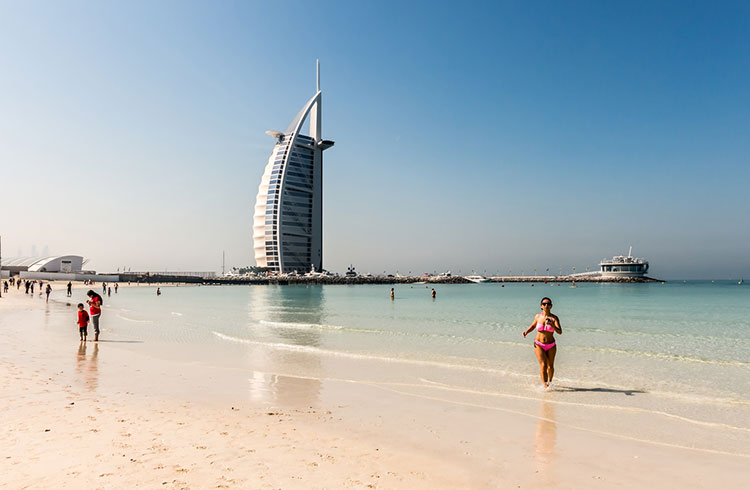The city is a site containing a large number of inhabitants, as it covers a larger area than that of the villages and small towns. The name of a city is also given to a group of societies that have traditional, legal, or cultural characteristics that contribute to making them different from other regions and places, and each city gets its own authority and depends on the nature of the laws applied in the country in which it is located; Some laws in countries provide for cities with administrative powers to control their sites and facilities, such as local municipalities.

Tokyo is the largest city in the world
The city of Tokyo’s largest city in the world based on its population of up to approximately 37,832,892 people, according to the latest update to the Atlas of the World.
The information comes from the city of Tokyo:
Tokyo City
The city of Tokyo is located on the eastern side of Japan and is its official capital. On the northeast, it is bounded by the Edo River, and on the southern side, it is bounded by the Tama River. Tokyo includes about 23 inhabited neighborhoods, and it is considered a Japanese state with an area of approximately 13,500 km², and its climate is moderate most days of the year. The average temperature in July is 24 degrees Celsius, and in January it is Reaches 4 ° Celsius.
History
Historical studies indicate that the geographical location of the city of Tokyo was inhabited since prehistoric times, but the first indication of the presence of residents in it dates back to the twelfth century AD in a village called Edo, meaning the entrance gate, and this village witnessed remarkable growth during the eighteenth and seventeenth centuries Because of the birth, and with the passage of time it became the largest city in the world, specifically in the late eighteenth century.
The name of Edo Village was changed to Tokyo in the year 1868 A.D., and the Special Court of the Japanese Empire moved to it, but the number of Tokyo residents decreased due to the fact that it was affected by a series of disturbances in its political environment, but it was able to grow and increase the number of its population again. Tokyo was exposed overtime to many fires and earthquakes that led to the destruction of most of its landmarks, and the great losses that affected its society go back to the days of World War II when many airstrikes were launched on its lands, and many of its sites were turned into ruins.
Japan surrendered in World War II and the US army occupied Tokyo, and the American presence remained in it until 1952, and since that year the city of Tokyo has witnessed rapid and new developments and reached its maximum limits with the city being able to organize the Olympic Games for the summer session in the year 1964 AD. The development and growth of Tokyo are still continuing, which contributes to strengthening its position as one of the important global cities.

In Tokyo
Tokyo residents are distinguished by their belonging to the same race of people, compared to some other cities that witness great ethnic diversity, but a group of races of non-Japanese origins lives in the city, and together they form the population minorities in Tokyo, the most important of which are the Chinese and Koreans; These are not classified as Japanese, despite having lived in Tokyo for many centuries.
The city of Tokyo contributed to attracting a lot of people who moved to it, and who used to live outside its borders, especially those who came from places that belong to the countryside, and most of these people were keen on moving to Tokyo to benefit from the economic environment in it, which is completely different from the social and economic life in The countryside they used to live in, and young people constitute the largest segment of these people.
Economy
Tokyo represents a major industrial center in the Japanese state, and the city is interested in the field of light industries. Such as the manufacture of electronic equipment and devices, and the printing of literature and books, as Tokyo is distinguished as the main center of finance and administration within Japan; Where there are many headquarters for production facilities, as it contains branches of international companies, and companies belonging to other Japanese regions, and the headquarters of the Stock Exchange is located in Tokyo.
The development of the economy in Tokyo goes back to being affected by the Japanese economic boom that arose in the eighties As Japan was an international center competing with both the United States of America and European countries, the development of the economic environment affected the increase in expectations in the field of real estate speculation; Which led to an increase in land prices during that time period, but in the 1990s, the Japanese economy witnessed remarkable stability. However, building prices inside Tokyo remained the highest in the Japanese country.
Tourism
Supports travel to Japan and tourism in Tokyo to abide by the laws of Japanese tourists own, must also possess a passport and a visa to stay in Japan. Tourism in Tokyo is easy and safe and does not require many costs, and transportation within the city depends on the use of trains and metro, and English is used in many places. Making it easier for tourists to move around Tokyo.




![The Top & Most Popular Seafood Bucket Restaurants in Dubai for you [Never Miss]](https://uae24x7.com/wp-content/uploads/2020/09/8-seafood-in-a-bucket-scaled-e1600739237403.jpg)
![Procedures for Renewing the Driving License in Abu Dhabi [3 Simple Steps]](https://uae24x7.com/wp-content/uploads/2020/07/Capture-9-e1595666454466.jpg)





